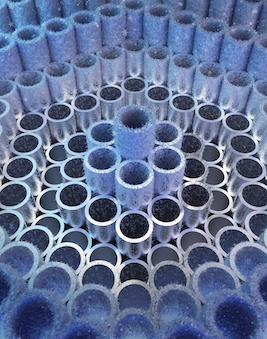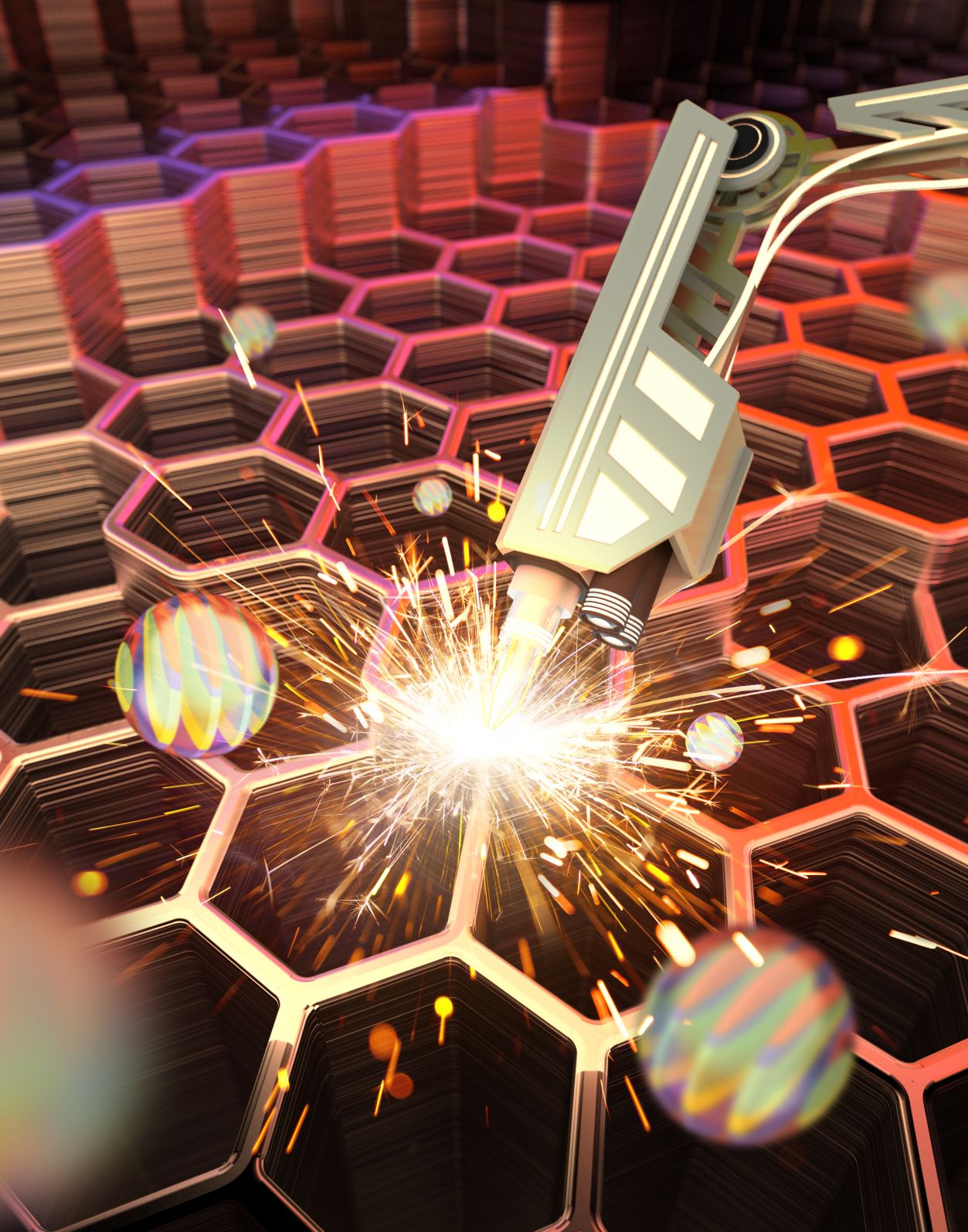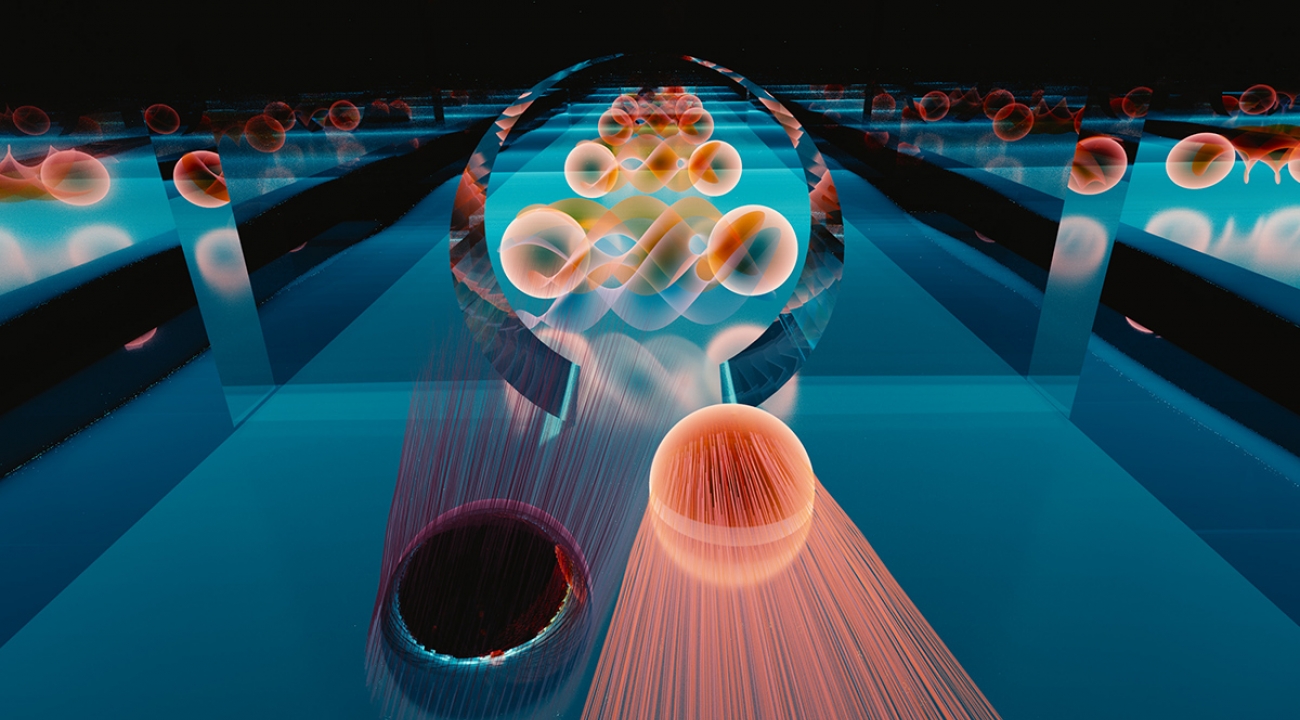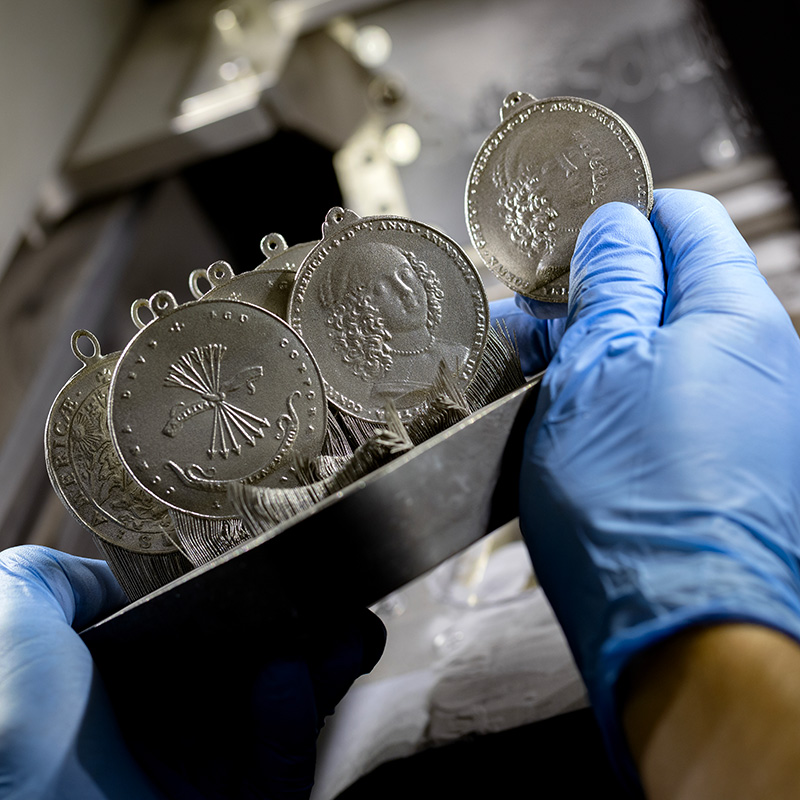News Story
Elastocalorics named 1 of 10 emerging technologies addressing global challenges

Their insights, combined with data analysis, ensure a robust understanding of each technology's potential impact in addressing multiple global challenges: from advancements in materials science to transformative technologies in healthcare.
The green and highly-efficient solid state cooling developed at the University of Maryland (UMD) has been named one of the top 10 of these breakthrough technologies of 2024
The relentless onslaught of the scorching summer days is perhaps a reminder of the peril of global warming and climate change. Elastocaloric cooling belongs to the family of energy-efficient solid-state cooling techniques called calorics. Unlike the ubiquitous vapor compression technology, which derives cooling from pressure-induced liquid to vapor phase transition of environmentally harmful hydrofluorocarbons (or alternatively flammable fluids), calorics utilize solid to solid phase transitions of functional materials. Because these techniques directly tap into the first order transition of solids, they are entirely green and naturally highly efficient.
The elastocaloric cooling effect is observed in materials such as superelastic shape memory alloys, which undergo a structural phase transition upon application of mechanical stress. A major discovery which helped to kickstart the worldwide activities in the field was the experimental observation of the large elastocaloric effect in NiTi wires at UMD in 2012, where the temperature lift as large as 17 K was recorded.
The team at UMD is led by Ichiro Takeuchi (Materials Science and Engineering), Reinhard Radermacher (Mechanical Engineering), and Yunho Hwang (Mechanical Engineering) in the A. James Clark School. The UMD effort funded by DOE has recently led to a successful demonstration of a full elastocaloric system with a record delivered cooling power of 260 W.
“The recognition by the World Economic Forum is a strong indication that alternative cooling technologies such as elastocalorics will have the potential to play a more and more important role in the future,” says Radermacher, who is the Director of the Center for Environmental and Energy Engineering (CEEE) at UMD.
Takeuchi described the “arcs” of development paths of solid state cooling in a perspective article published in Science this month. According to the observed trend in the specific cooling power of all reported caloric devices to date, elastoclaorics has recently “come of age”: with earlier obstacles overcome, the stage is now set for scale up efforts towards commercial applications.
“It took us over 12 years to get to where we are, but like any nascent technology, sometimes it just takes time to get to a point where you can begin to size up where you are headed,” explains Takeuchi.
For more information or to download the article: https://www.science.org/doi/10.1126/science.adp3711
Published August 8, 2024











